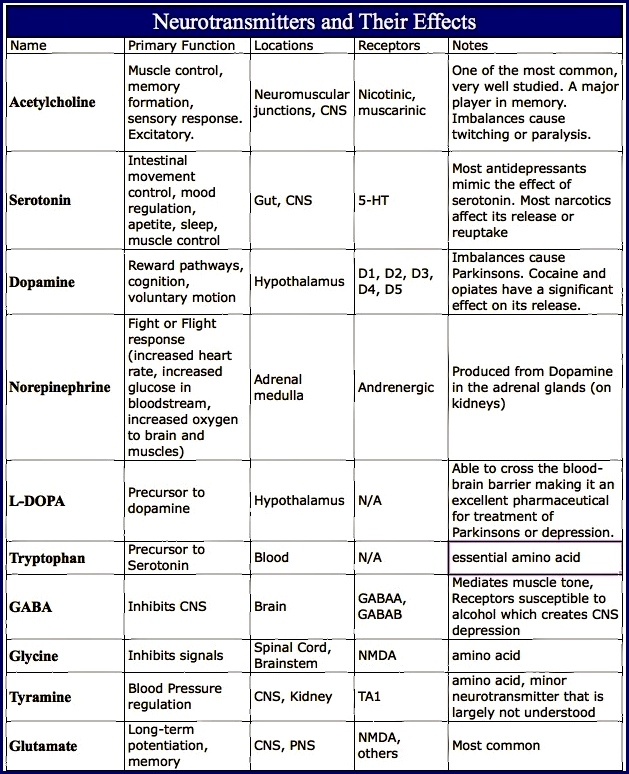University of Texas Medical Branch research suggest nicotine affects the way the brain processes pain due to its effects on neurotransmitters, receptor sites, and the sympathetic nervous system
Clearly smoking is a tough habit to break and perhaps these scare tactics might work for some. However, routine and habit, psychological stress, nicotine dependence and addiction all make quitting smoking a tough lift.

However, there is now one more reason to quit smoking: pain.
A recent article in the medical journal, The Pain Practitioner, summarized several studies that showed an increased lifetime risk for musculoskeletal pain, including chronic back pain in smokers.
Smoking accelerates degenerative processes and makes the body more vulnerable to injury. Statistics show that smokers tend to get hurt more, be off work more often and longer, recover more slowly, and experience pain at higher levels than nonsmokers.

Smoking increases the risk for lumbar disc disease and impairs healing of bones, cartilage, and soft tissue. Partially this is due to decreases in oxygen delivery to tissues and organs. Some surgeons are even declining to do elective surgery on smokers because of increased risk of postoperative complications such as delayed wound healing.
Studies of people with back pain comparing nonsmokers to smokers found the current smokers had greater pain levels. Nonsmokers had greater improvement in pain during their care. Even quitting during care of back pain improved the recovery process and reduced pain.
Nicotine affects the way the brain processes pain due to its effects on neurotransmitters, receptor sites, and the sympathetic nervous system. Tobacco intake stimulates the pleasure centers of the brain, which is why it is so hard to quit. In fact, when smoking is stopped, patients may experience hyperalgesia, an increase in pain sensation, not only during the nicotine withdrawal phase, but long after quitting.
So if smoking makes pain worse, what to do? Some tried and true recommendations are:
1. Don’t get discouraged if you quit and start again. Most people who quit smoking successfully have tried and failed five times on average.
2. Set a quit date. Plan in advance to remove all smoking materials including ashtrays from home, car, and work.
3. Tell as many people as you can your plan to quit to get their support.
4. Have reasons for quitting that are stronger than the urges to smoke. Think about the positive benefits of not smoking and what motivates you such as improved overall health, cost issues, smelling better, more stamina.
5. Join a quit smoking group.
6. Plan activities that don’t involve smoking, such as starting a new exercise program, learning new ways to manage stress and coping without smoking, volunteering.
7. Chew gum, drink more water, chew on a carrot or celery stick when the urge hits.
8. Use medication or nicotine replacement therapy if needed. Consult with your doctor about these options.
Isn’t it time you entered the clean air breathing life? It is less of a pain on many levels.
Dr. Victor S. Sierpina is the WD and Laura Nell Nicholson Family Professor of Integrative Medicine and Professor of Family Medicine at UTMB.
Credit: University of Texas Medical Branch
